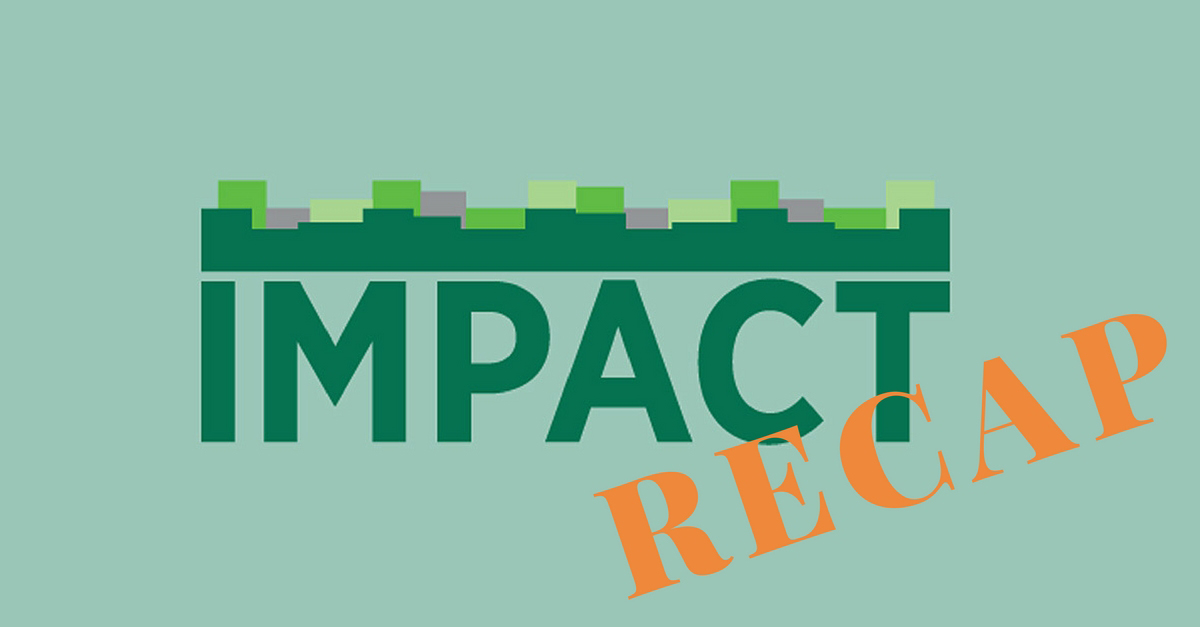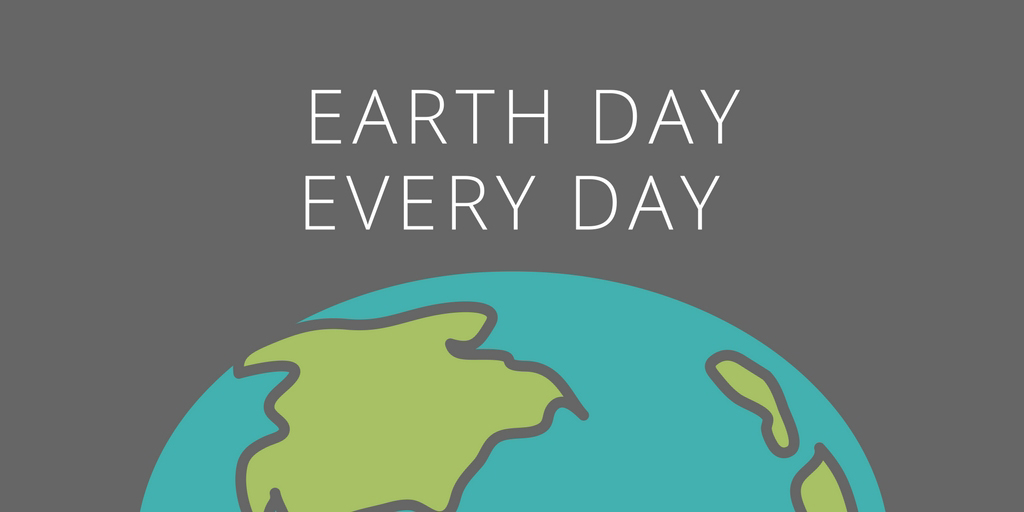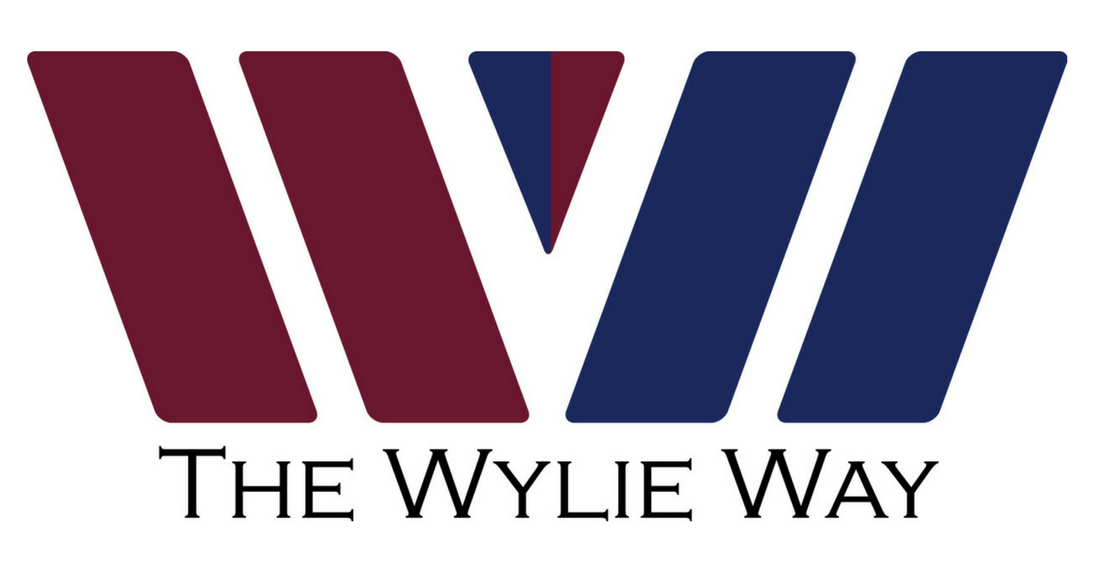behavior change
Immediate Savings Plus Insightful Data: Making Cool Choices

When Cool Choices implements a sustainability engagement program, we inspire participants to adopt new practices at work and home, we get people talking about sustainability, and we show people how their actions matter. In addition, we provide our partners—the corporate sustainability director or the community green team—with data and insights that can help these leaders build on the momentum we’ve created together during the program.
Finding Sustainability Leadership and Inspiration in Eau Claire

Cool Choices Executive Director, Kathy Kuntz, recently talked about behavior change strategies as part of a panel discussion in an environmental economics class at the University of Wisconsin-Eau Claire.
More Than Home Energy Reports: Behavior and Energy Efficiency

Wondering how you can influence behavior to reduce energy usage among businesses as well as residents?
Over the last decade, energy efficiency programs—faced with aggressive goals and fewer easy wins relative to technology—began seeking to change participant behaviors, especially at the household level. One strategy—home energy reports—dominated the program design. Home energy reports feature a model where participants receive feedback on how their energy usage compares to other homes—leveraging social norms. There is now plenty of research proving that households will reduce their energy usage if they learn that their consumption is higher than other peer households.
However, one of the challenges with the home energy report model, is that while we know that households reduce their usage, we don’t know how they reduced their usage, or for how long those reductions will persist.
USGBC IMPACT Recap: Achieve Sustainability Impacts Via Behavior Change

On May 1, 2018, Cool Choices Executive Director, Kathy Kuntz, presented a session at the US Green Building Council’s (USGBC) IMPACT Conference in St. Paul, MN titled, “If It Works Here…Green Lessons from a Very Red Place.” In her presentation, Kathy spoke about the affect of behavior and social norms as the applied to our 2017 Waukesha County program. Waukesha County is considered to be the most conservative county in Wisconsin. Here is a recap of the USGBC IMPACT 2018 event and Kathy’s presentation.
Achieving Triple Bottom Line Results via Employee Engagement

More and more, companies are making a commitment to sustainability and social responsibility, alongside increased profits. In fact, diligence with the first two can have significant influence with consumers. How entities prioritize and measure the performance of all three is known as a triple bottom line accounting framework. Ultimately, entities want sustainability and social solutions that benefit the triple bottom line—solutions that deliver value to people (customers, employees, and stockholders,) the planet (wise resource use,) while also increasing profits.
Generating Earth Day Enthusiasm Every Day

This is a busy time of year for sustainability professionals. Earth Day is THE holiday for advocates promoting environmental sustainability, whether as part of a corporate sustainability program or in a community-based setting. That means that green-themed lectures and sustainability fairs abound this time of year.
Ultimately that creates two challenges: First, the efforts occur just once a year. Second, in many cases, these efforts do not engage people, as we like to say, beyond the choir – people who are already trying to live an eco-friendly, sustainable lifestyle.
Successful Sustainability Advocates Filter Good Ideas Through Reality

Every sustainability advocate can envision an ideal world: a place where everyone recycles and composts appropriately. Where stakeholders don’t waste energy or water resources, and communities where sustainable practices are just what folks do.
Ultimately, it’s not that hard to envision the ideal end point. The challenge is creating a viable path from today’s realities toward that vision. A path that meets stakeholders where they are, and then engages and inspires them to become more sustainable versions of themselves.
Integrating Cool Choices into the Wylie Way

We are delighted to be launching a Cool Choices sustainability engagement program for the Wylie Independent School District in Wylie, Texas.



